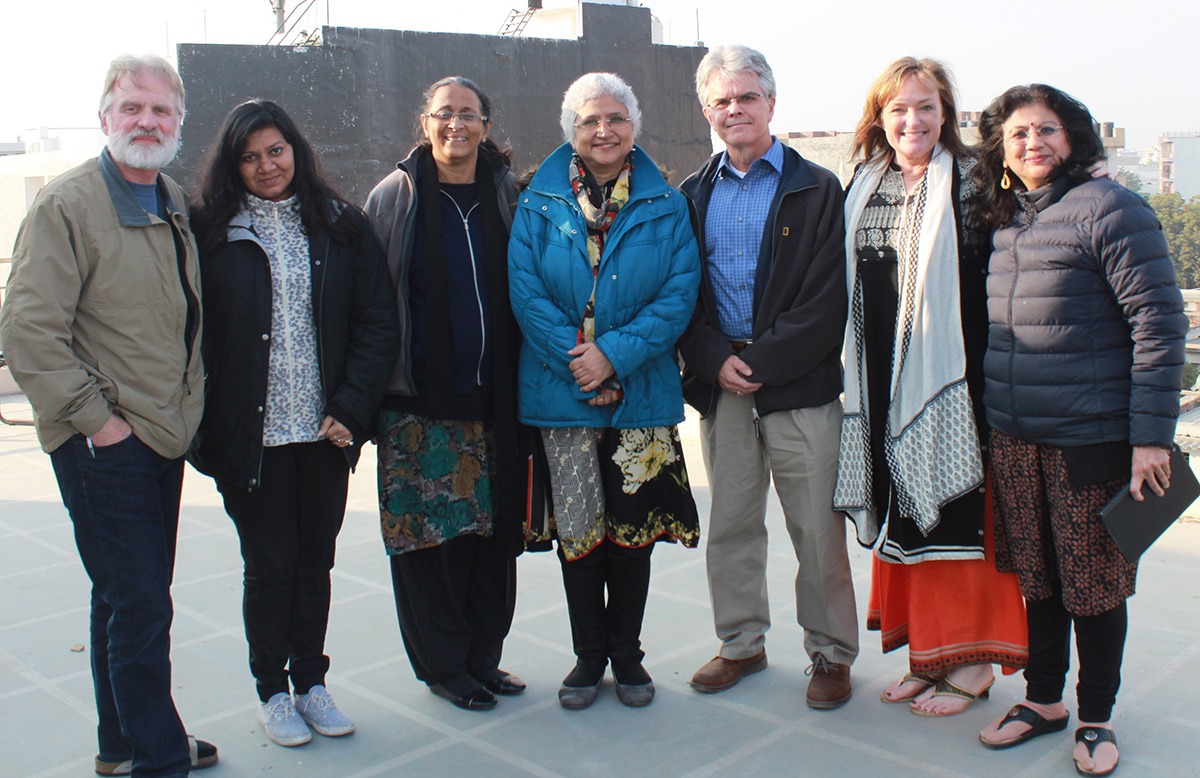
The Ashish Center, under the founder Geeta Mondol and the current Director, Sheila George, has taken the implementation of both person centered practice and Social Role Valorization forward in a steady arc with one strong strategy after another. Over time, we will cover several of these strategies in more detail, but for this Glimpse, we’ll look at just one. It should be said that Ashish was an early adopter. Their leader attended the inaugural SRV workshop, senior staff have attended, and families and board members have all been exposed to the ideas.
One of the biggest struggles in looking at implementation of SRV in services that serve only people with disability is realizing that integration and inclusive practice might be a long-term goal, but present structural realities prevent the realization of this goal at this moment in time. Ashish decided that they wanted to make every possible implementation effort they could, while keeping practical limitations in mind. Although Ashish is a school, they realized that, because it is a special school just for people with disability, it has drifted in some practices from what typical schools for typical students might do. This leaves the likelihood high that students will not be prepared for a more inclusive life in the future. They decided they need to study the ordinary, explore how typical schools operate and function, and adopt what they could into their own school. They accomplished this by “twinning” with a nearby school, and asking all the staff from Ashish to spend some time there in observation. They came back loaded with ideas. Some were big ideas – like grouping students by age in class rather than functioning level or type of disability, and renaming classes according to normative standards. Some were small ideas – like decorating the halls with the kinds of learning messages and decor one might see in a school, rather than messages to the staff and messages about disability. They learned about the how much time students spend in their own classrooms vs. out of the classroom, and tried to model that. They noted how the students’ time was maximized in learning tasks, and replicated this by reorganizing class activities to reduce waiting time by students.
As an unexpected added bonus, the relationship established between the two schools may lead to options and possibilities for some inclusive practices between the schools. This is an excellent example of using the culturally valued analogue (what happens for typical people in the community) as an anchor point, and making adaptations and modifications from there.



